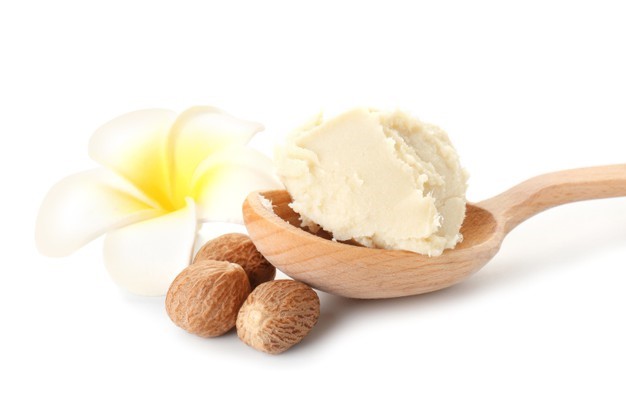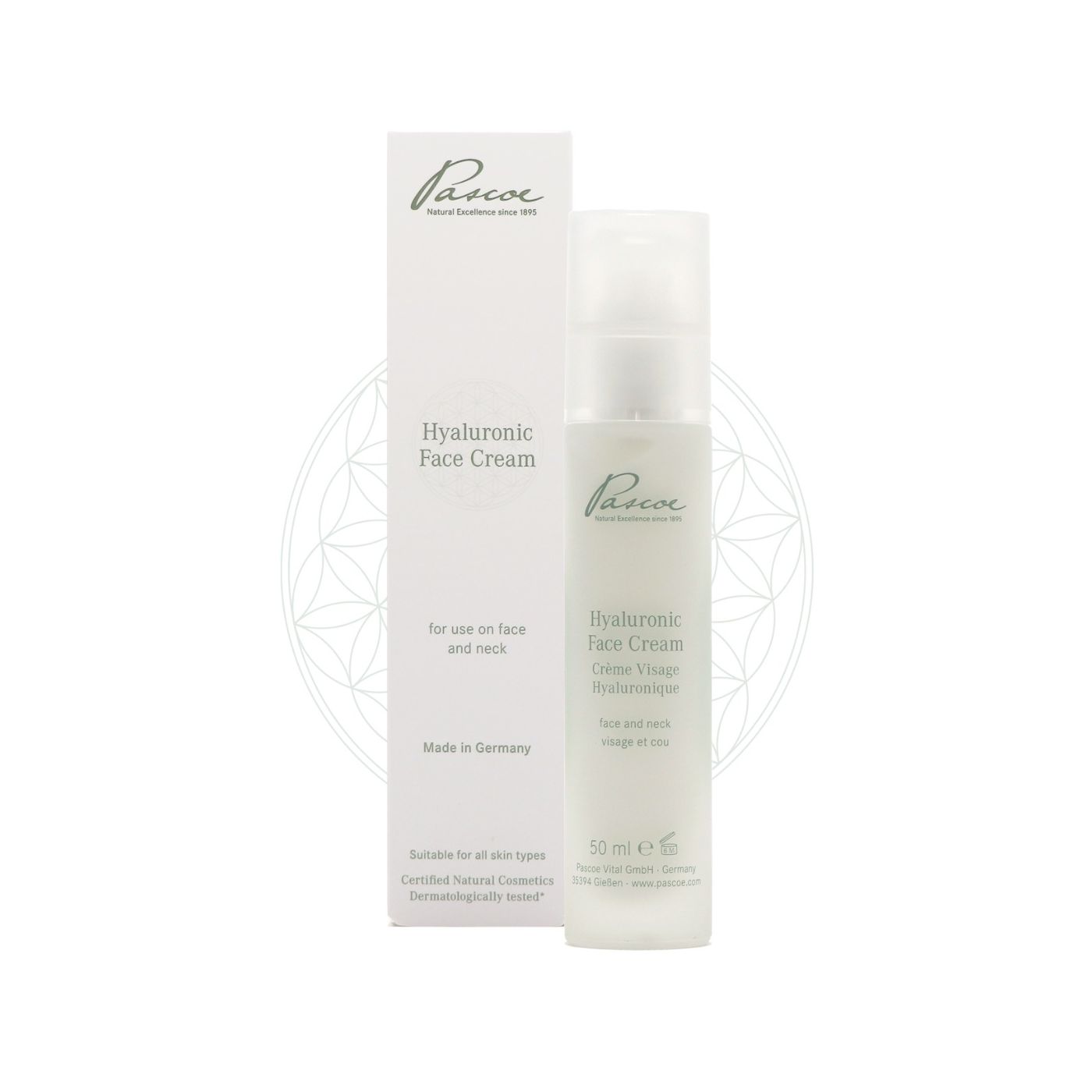Holly Shea Butter
Shea butter has been used for centuries for its moisturizing and healing powers in cosmetic and even edible and used in food is some African countries for its rich omega fatty acids content.
Shea butter is the ivory colored fat of the nut of African Shea Tree, Vitellaria paradoxa, growing naturally in the vast fertile savannah belt from west to east Afrika.
But shea butter is in fact not a butter. But perhaps called so because of how it is produced; by boiling the ground kernels of the shea nuts in water. The “butter” rises to the top and solidifies. It melts as it is applied on the body, at body temperature, and is fast absorbing.
Shea butter has many complex and valuable nutrients, such as oleic-, stearic-, linoleic-, linolenic-, palmitic- and arachidic acid. (Figure 1.) The high fat components bind water molecules and remoisturize the skin. That explains why shea butter is greatly appreciated in natural cosmetic as a moisturizing and refatting agent, a great protective ingredient in skincare products. But that’s not the only thing Shea butter can do.


Antimicrobial:
Some studies (1.1.) have indicated an antimicrobial effect in animals when Shea tree bark is given orally. Hence, the logical conclusion, that a topical use might have a similar effect. Another study (1.4.) showed an 20% reduction of intracellular release of proinflammatory mediators and hence a higher antimicrobial effect in a living human skin explant. This for sure needs more studies to be backed up. But antimicrobial or not, if shea butter is helping the structure of the skin to heal then one would assume it can help the fight against microbes as well.
Antifungal:
Another study contributed antifungal activity to shea butter (1.2). it seems that shea butter extract- the most effective was an ethanol extract of shea butter bark, was inhibiting the growth fungi classified as dermatophytes, causing conditions such as ringworm or Tinea, such as tinea capitis, or tinea pedis (athlete foot).


Noncomedogenic:
Contrary to coconut or palm oil, shea butter is noncomedogenic, which means it does not plug pores. Hence, recommended for moisturizing an acne prone skin. At the same time, the high amount of vitamin E in shea butter can prevent scar tissue formation, which in some cases are occurring because of acne.
Collagen Building:
Everyone who uses shea butter experiences a plumper skin. This might be due to the water molecule binding in the tissues. However, there is another ingredient with a high tendency towards building collagen, triterpenes. A study (1.4.) showed an acceleration in wound healing in all wound types, and a reduced wound closure, as well as an increase in collagen when triterpenes of shea butter was applied (fig. 3)
Antioxidant Activity:
Shea butter has been for centuries praised as antiaging. This might be due to the antioxidant activity of the triterpenes which modulate the free radical production and hence help against cell aging or cell rejuvenation; less free radicals to fight, the higher the cell life. At the same time this antioxidant activity of shea butter might be the reason for higher collagen building, or less collagen fiber destruction.
Sun Protection
Shea butter has an SPF of 3-4. This is not a very high SPF to protect your skin again sun damage. So be sure to apply a high sun protection and if you like, apply your lotion with shea butter on top.
It’s noteworthy to remember, that even though she butter is a tree nut, there is no known allergies to the shea butter used topically and can be recommended for all skin types.


1.2. (PDF) Antifungal profiles of extracts of Vitellaria paradoxa (Shea-Butter) bark (researchgate.net)
1.3. Triterpenes with healing activity: A systematic review - PubMed (nih.gov)
Disclaimer
Pascoe Canada does not offer health or medical advice as we are not a healthcare practitioner. Please speak with your healthcare practitioner before beginning any program related to nutrition, diet, exercise, fitness, medical, and/or wellness. All content published by Pascoe Canada is developed through collaborating with licensed medical professionals and contributors. This includes text, graphics, images, and other material on the website, newsletter, and products (“Content”). This content is for informational purposes only and does not constitute medical advice. The content does not substitute professional medical advice, diagnosis, or treatment. Please always do your own research on whether this is for you along with your healthcare practitioner advice. Always consult your healthcare practitioner prior to using specific herbs because you might have underlying conditions that need professional care. The content is general in nature and is subject to change. It is not intended to cover all possible uses, directions, precautions, warnings, drug interactions, allergic reactions, or adverse effects.
AAK-Shea_butter_extract_for_bioactive_skin_care-2015.pdf (aakpersonalcare.com)


